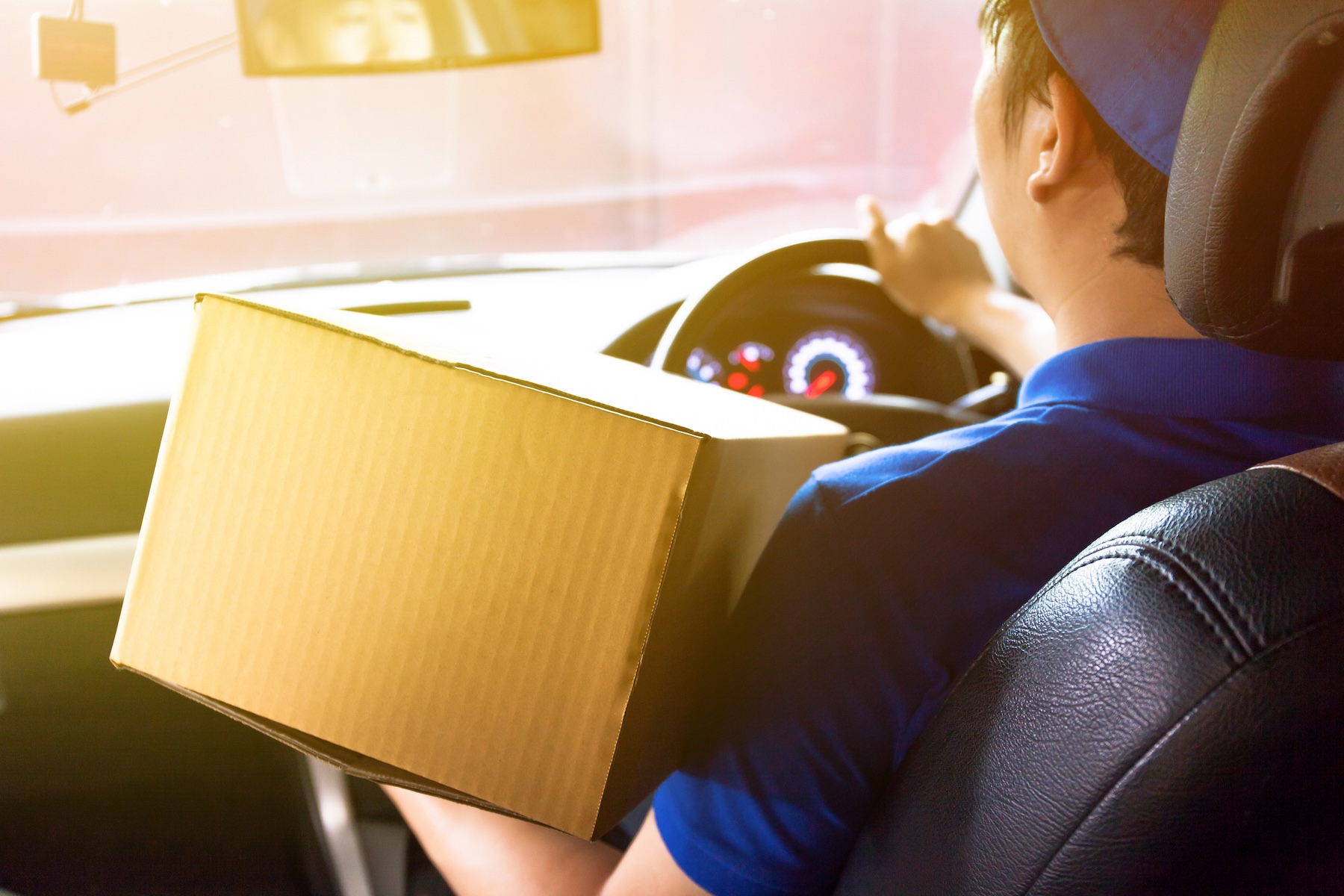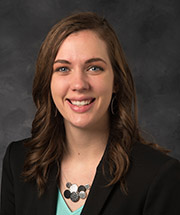Study examines strategies to improve effect of parking time on last-mile deliveries

LAWRENCE — Parking is often a hassle. But what if your job relies on it, as it does for any number of delivery-based occupations?

“With more people ordering online and e-commerce increasing, there will be more and more deliveries that need to be made. That’s going to further exacerbate this challenge of parking,” said Sara Reed, assistant professor of business analytics at the University of Kansas.
Her paper “Does parking matter? The impact of parking time on last-mile delivery optimization” analyzes strategies that could improve routing such activities. The results show how in urban environments, where customers are close together, short parking windows affect optimal routing decisions, modeled by CDPP (Capacitated Delivery Problem with Parking.) However, in rural environments where parking is more readily available, a parking solution that serves each customer individually may be sufficient.
It appears in Transportation Research Part E: Logistics and Transportation Review.
Reed, who co-wrote the paper with Ann Melissa Campbell and Barrett Thomas of the University of Iowa, said that delivery jobs entail a dynamic combination of walking and driving.
“Our research is thinking about this from a tactical perspective of how parking time should be factored in when doing the routing,” she said. “And if we do include parking time, how does that change delivery routes? Companies should be interested because if they’re not including it, are they really representing what their drivers are doing? Are they estimating the delivery times correctly?”
By modeling this problem on a grid, which is usually representative of an urban environment, Reed showed that searching for parking only has to be 1.6 minutes to affect the structure of the optimal solution.
“That’s not much time,” she said. “A recent study in Seattle finds that drivers typically spend 5.8 minutes – and that is a whole lot more than one minute.”
This accounts for 28% of the total trip between parking locations being consumed by parking, according to the researchers. Even if delivery drivers practice illegal methods (double parking, stopping in restricted areas), parking still takes time due to safety concerns, avoiding conflict with traffic and cooperating with other drivers.
“A lot of people assume delivery drivers double park. But in recent years, some companies require the driver to pay the fine, which disincentivizes them from doing that. In particular with crowdsourced deliveries, the company doesn’t always pay for it,” Reed said.
The crucial component of “where” the delivery takes place factors into how this information can be processed.
“The paper itself looks at the challenge of parking on the urban to rural continuum,” she said.
“In urban areas, we expect customers to be dense, whereas in rural areas, customers are farther apart. Parking challenges are also different. We expect it to be difficult to find parking in urban areas. Rural areas, not so much. What we show is in rural areas, driving to every customer is the best way to route the vehicle. But along that continuum, where does parking time make an impact? For an urban environment, it only has to be 1.6 minutes.”
Reed’s previous paper, “Impact of Autonomous Vehicle Assisted Last-Mile Delivery in Urban to Rural Settings,” determined that this technology reduces the completion time of delivery tours and provides the most cost-effective business model. Working on that piece inspired her latest publication.
“It became very clear that not a lot of people were thinking about parking in traditional delivery practices,” she said. “What sparked my interest is that this is a way to improve things right now. If the company has a sense of how difficult it is to find parking in an area, including parking time in routing can improve operations today versus relying on some sort of ‘futuristic technology.’”
As for Reed’s own future endeavors, this new paper represents a key component of her ongoing research agenda involving last-mile delivery.
“Another line of my work considers how drivers could utilize real-time information on parking availability from sensors. There’s been some studies and pilot programs that have implemented this in cities. With better technology, parking enforcement will accompany that, and parking will continue to be an operational challenge for companies,” said Reed, who is now in her third year at KU while specializing in transportation logistics.
Ultimately, she said she believed insights into how parking affects last-mile delivery is not only important from a business perspective but from an urban planning one as well.
She said, “We want to account for what can be done to make parking better for companies and better for society.”